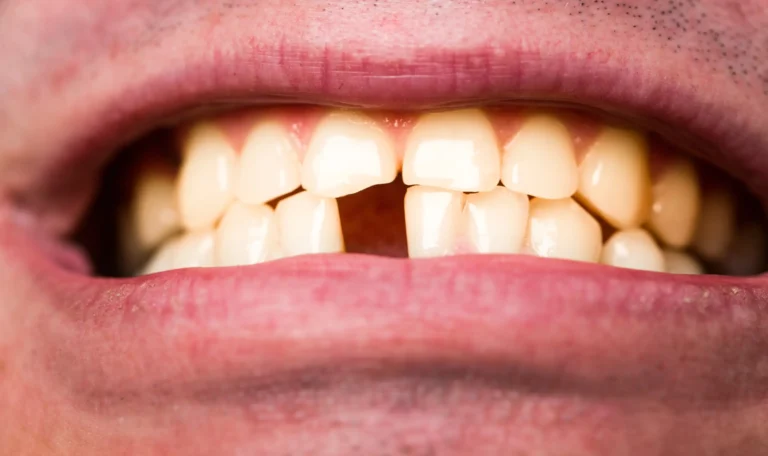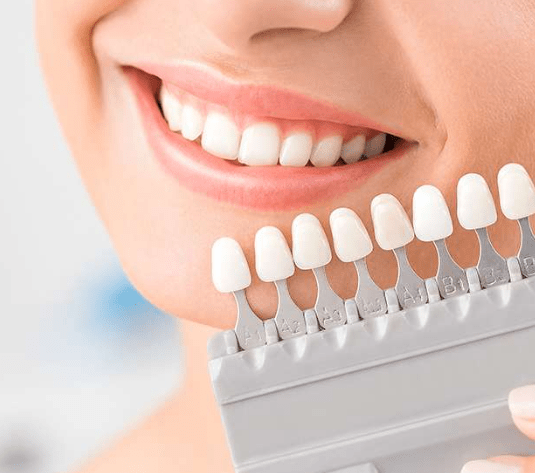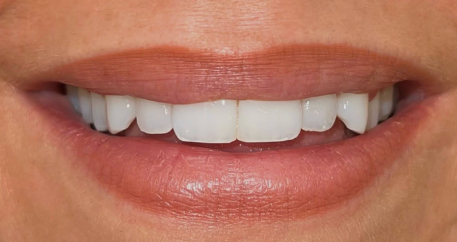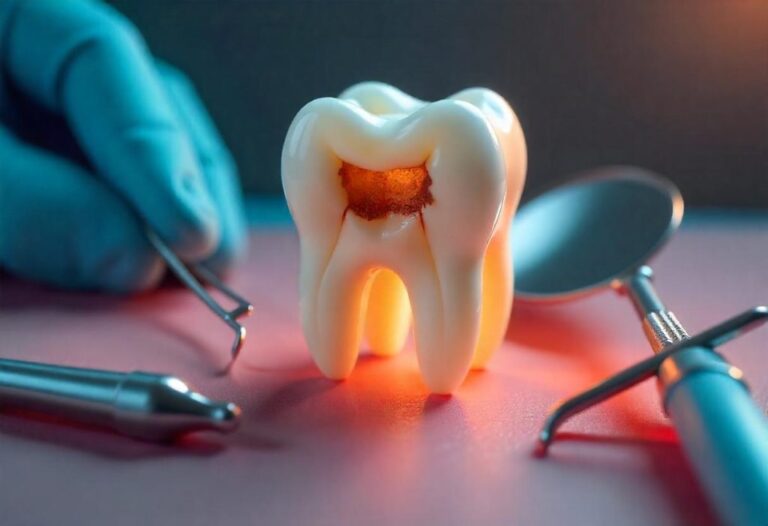How Do Dentists Restore Missing Teeth?
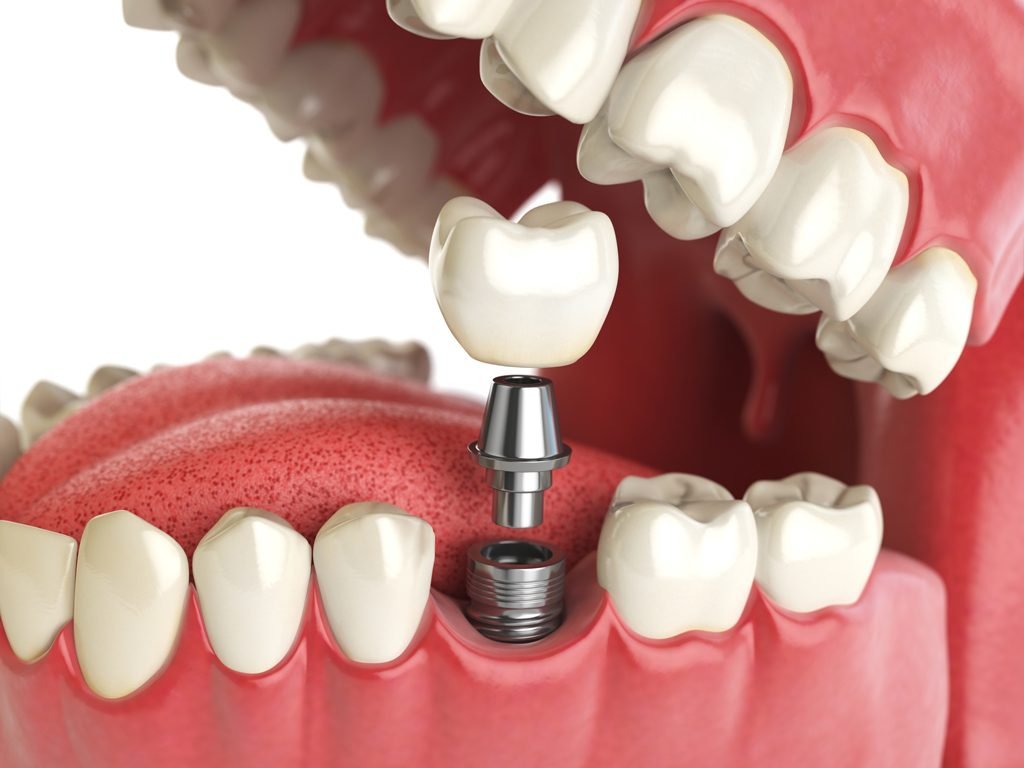
Missing teeth can affect more than just your smile; they can make chewing difficult, change the way you speak, and even impact your confidence in social situations. Treatments like crowns and bridges allow dentists to restore missing teeth, helping you regain both function and aesthetics. Let’s explore the ways dentists use to restore missing teeth.
Common Restoration Methods
When a tooth is missing, it is necessary to restore it to maintain oral health and functionality. Several options, such as crowns and bridges, are available to replace missing teeth. These methods are designed to improve your ability to chew, speak, and restore your smile.
Dental Implants
Dental implants are like artificial tooth roots that dentists place in your jawbone. The implant is a small metal post that goes into the bone where your tooth used to be. After your bone heals around the implant, the dentist attaches a crown on top of it. This crown looks and works just like a real tooth. Implants are very strong, can last many years, and often feel natural when you eat and speak.
Bridges
Bridges fill the gap where a missing tooth used to be. A traditional bridge uses the teeth on both sides of the gap to hold a fake tooth in the middle. The dentist places crowns on the teeth adjacent to the gap and connects them to the replacement tooth. Maryland bridges are another option that requires minimal work on your healthy teeth, but may show some metal.
Dentures
Dentures are removable teeth that can replace one tooth or many teeth. Partial dentures replace some missing teeth and hook onto your remaining natural teeth. Complete dentures replace all your teeth in your upper or lower jaw. Modern dentures appear very natural and fit much better than their older counterparts. You can take them out to clean them and put them back in your mouth.
Choosing the right restoration method depends on your unique dental needs and preferences. It is necessary to consult with your dentist to understand the options and make an informed decision. Regular dental care and proper maintenance will aid the longevity of your chosen restoration.
Choosing the Right Option
Several things help determine whether crowns and bridges are the best or other restorative dental work. The number of missing teeth makes a big difference. If you’re missing just one tooth, an implant may be the perfect solution. If you’re missing several teeth in a row, a bridge may be a better option.
Where the missing teeth are located also matters. Front teeth need to look perfect, so dental restorations that match your natural teeth are key. Back teeth need to be very strong for chewing, so durability is more helpful.
Your overall health affects which option will work best. Some people heal faster than others after dental procedures. Your dentist will look at your medical history and current health to help you make the right choice. Your preferences matter too. Some people like the idea of permanent teeth that never come out. Others prefer removable options that are easy to clean.
Schedule Your Crowns and Bridges Appointment Today
Dentists restore missing teeth using several methods, with dental implants, bridges, and dentures being the most common. The best option depends on factors such as the number and location of missing teeth, the patient’s overall health, and their personal preferences. Schedule your crowns and bridges appointment with a dentist today to discuss which is right for you or explore other options that may be a better fit for your dental needs.
- What to Expect When Visiting a Foot and Ankle Specialist
- Causes of PTSD
- The Link Between Plantar Fasciitis and Weight Gain: What You Need to Know
- How Pet Ownership Can Positively Impact Life with Fibromyalgia
- The Importance of Stretching and Flexibility in Sports Medicine
Dr. Emma Green is a health and wellness expert with over 10 years of experience in nutrition and fitness. Passionate about helping others live their healthiest lives, Dr. Green shares practical advice on wellness, nutrition, and sustainable living through LivingSpristine.

